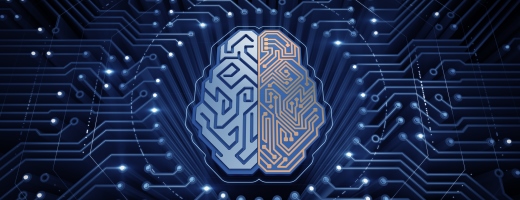Boeing’s Starliner capsule spacecraft at the International Space Station (ISS) is officially open to astronauts for the first time.
Starliner arrived at the ISS on an uncrewed test flight on 20 May and was opened by NASA astronaut Robert Hines.
“This is a momentous day in NASA's history and just paving the way for the future as we start enabling commercial flights here in low Earth orbit while NASA visits to the moon and eventually on to Mars,” Hines said.
The official opening of hatches separating the two spacecraft cues up five days’ testing on Boeing’s capsule.
The opening marks a significant milestone for Boeing and NASA's Commercial Crew Programme, which selected Boeing and SpaceX to fly astronauts to the ISS in 2014.
SpaceX has flown five astronaut flights for NASA since May 2020, yet Boeing's Starliner has had a more troubled road in reaching the ISS.
Starliner was unable to reach the ISS during its first test in in December 2019 due to software glitches, and its second attempt in August 2021 was scrapped after the mission team discovered stuck valves in the capsule's propulsion system.
None of the issues reoccurred on the most recent voyage.
"Those are the kinds of things we expect in flight test and that is why we test," said Hines. "If we didn't find something like that, we're probably doing something wrong."
Latest News
-
The top technology trends to expect in 2026
-
The most read National Technology News stories of 2025
-
Lyft and Uber sign deals with Baidu for robotaxi trial in London
-
Nextdoor launches AI-driven self-serve ads platform for small businesses
-
Italy's antitrust fines Apple €98.6m over alleged App Store dominance
-
Visa partners with UAE real estate firm to launch voice-enabled agentic commerce payments
The future-ready CFO: Driving strategic growth and innovation
This National Technology News webinar sponsored by Sage will explore how CFOs can leverage their unique blend of financial acumen, technological savvy, and strategic mindset to foster cross-functional collaboration and shape overall company direction. Attendees will gain insights into breaking down operational silos, aligning goals across departments like IT, operations, HR, and marketing, and utilising technology to enable real-time data sharing and visibility.
The corporate roadmap to payment excellence: Keeping pace with emerging trends to maximise growth opportunities
In today's rapidly evolving finance and accounting landscape, one of the biggest challenges organisations face is attracting and retaining top talent. As automation and AI revolutionise the profession, finance teams require new skillsets centred on analysis, collaboration, and strategic thinking to drive sustainable competitive advantage.
© 2019 Perspective Publishing Privacy & Cookies








Recent Stories